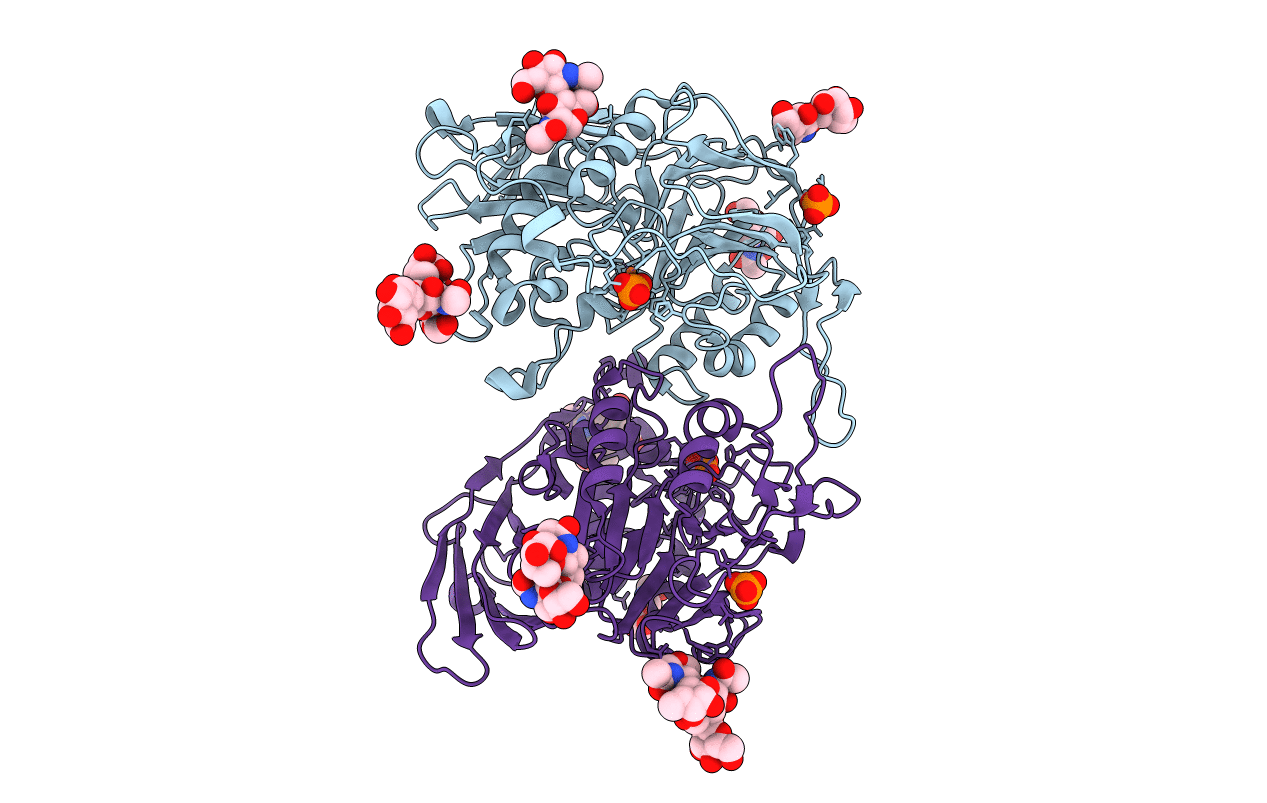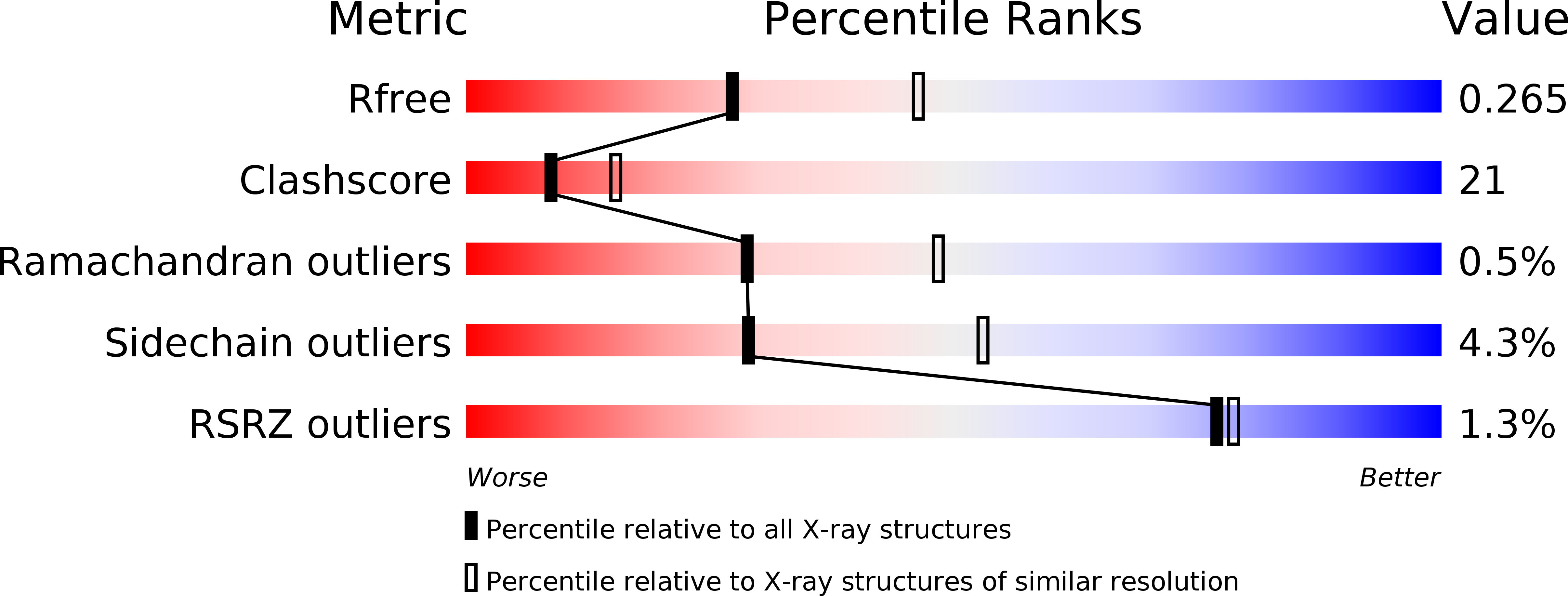
Deposition Date
2004-11-12
Release Date
2004-12-14
Last Version Date
2024-10-16
Method Details:
Experimental Method:
Resolution:
2.50 Å
R-Value Free:
0.26
R-Value Work:
0.23
R-Value Observed:
0.23
Space Group:
P 65 2 2


